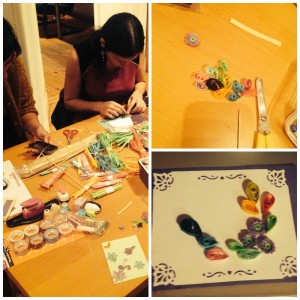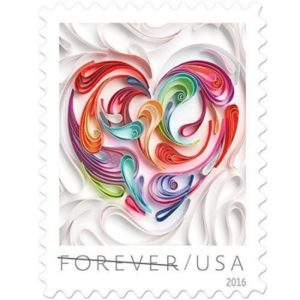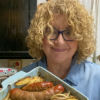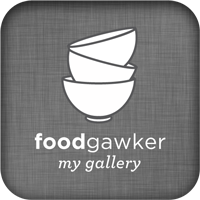If you’re looking for something different to do with family or friends over the holidays, you might want to give quilling a try. Quilling is a centuries old practice of creating designs from rolled strips of paper. Originally done by French and Italian nuns in the 16th and 17th century, then taken up by genteel ladies. It can be as simple or elaborate as you want to make it. It consists of thin strips of paper that are coiled, shaped and glued. You can cut your own paper strips or buy bags of thin strips of pre-cut colorful paper at some craft stores or on Amazon. I’ve used a toothpick to coil my paper, but more serious quillers might use a special slotted tool. The great things about quilling is that it doesn’t take a great deal of concentration, at least at my level of expertise it doesn’t. You putter along coiling paper and holding it in place with little dabs of glue; it’s a peaceful setting in which to chat and reminisce or get to know new friends.
I introduced friends to quilling on a girls night last year. It made all of us more aware and begin to notice quilling when we came across it in other places. Did you see this cool stamp? That’s quilling.
My first quilling experience was in Poland. Sometimes, you just feel pulled to certain things. That’s the way I felt when I saw an open invitation on facebook to come and learn the art of quilling that night. Our leader was a young Turkish woman who was in Poznan as part of a volunteer exchange program. Her focus was on creating art by recycling, so the paper we used was recycled. One of the young Polish women in the group was our quilling expert and brought completed samples to show us, including a blown egg that her grandmother had covered in little colorful paisley patterns.
I must admit, the designs my co-crafters and I created were much simpler than the ones you’ll find on google, but who knows how elaborate my future projects will be, now that I’m experienced. I collected those colorful, glossy paper advertisements that Polish businesses are so fond of passing out of the streets, as in Las Vegas, but in PL they’re for more reputable establishments. These Polish ads will form the basis of my next project. I’ll keep you posted.
Want to give quilling a try? You’ll find all kind of inspiration online, including some basic quilling shapes on YouTube.
Pozdrowiam,
Lois
PS — the original version of this post went live on Tłusty Czwartek or Fat Thursday, the day that marks the beginning of the end of the Carnival season, all over Poland people will feel compelled to eat pączki (PONCH-kee), a very bready, scantily filled jelly doughnut. Yes, I realize my American taste in pastry is showing in my choice of words. 😉 While you can find a variety of fillings, the most traditional is a rose petal jam. Now that I’ve made my own pączki, I like them much more. Homemade is always better! 😉
An accountant by trade and a food blogger since 2009, Lois Britton fell in love with Polish cuisine during the years she lived in Poznań, Poland. As the creator of PolishHousewife.com, she loves connecting readers with traditional Polish recipes. Lois has a graduate certificate in Food Writing and Photography from the University of South Florida. She is the author of The Polish Housewife Cookbook, available on Amazon and on her website.






David
It think it is a beautiful art, but have never tried it!
polishhousewife
It’s so simple, yet some people create real masterpieces.